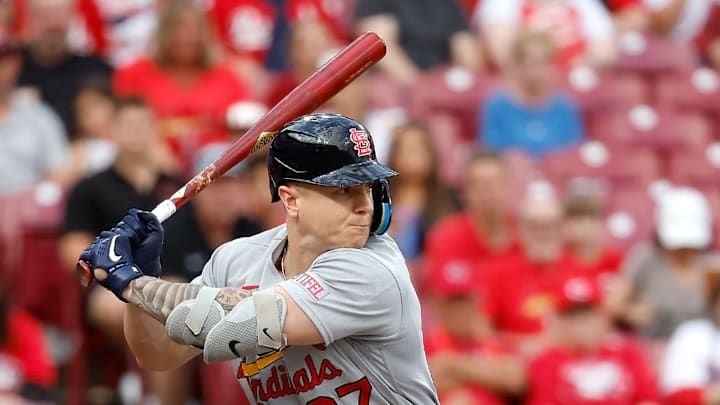Takeaway 4 - The Cardinals *may be* interested in higher ceiling arms than Shane Bieber
To this point, this article has been a total downer. But, it's time to consider the biggest positive in this deal. By trading O'Neill, the Cardinals freed up a hefty chunk of change. They still need a starter just as badly as they did before. They should not be done in the starter market. They didn't take on Shane Bieber and his limiting contract. Let's connect the dots here.
If there was any question as to whether the Cardinals had the payroll space to accommodate another signing, there isn't any longer. They could now sign Yamamoto if they wanted to, and they'd still manage to stay under the 200MM mark. They could go get Jordan Montgomery. Glasnow's 25MM salary no longer looks nearly as dangerous. They could make one of these moves for another elite starter and still have the space to bolster the bullpen.
Maybe I'm reaching, but I think by not getting Bieber, the Cardinals are making it clear that they want another top-of-the-rotation arm. Bieber probably couldn't have fit on the team with another one of the aforementioned starters. Now there's space to accommodate one of them. And in this dream scenario, the Cardinals won't be forced to part with Gorman or Donovan. They can keep their prospects and acquire a true frontline starter. If the Cardinals follow this plan, the O'Neill trade will go from mildly disappointing to laudable. Make it happen Cards!
